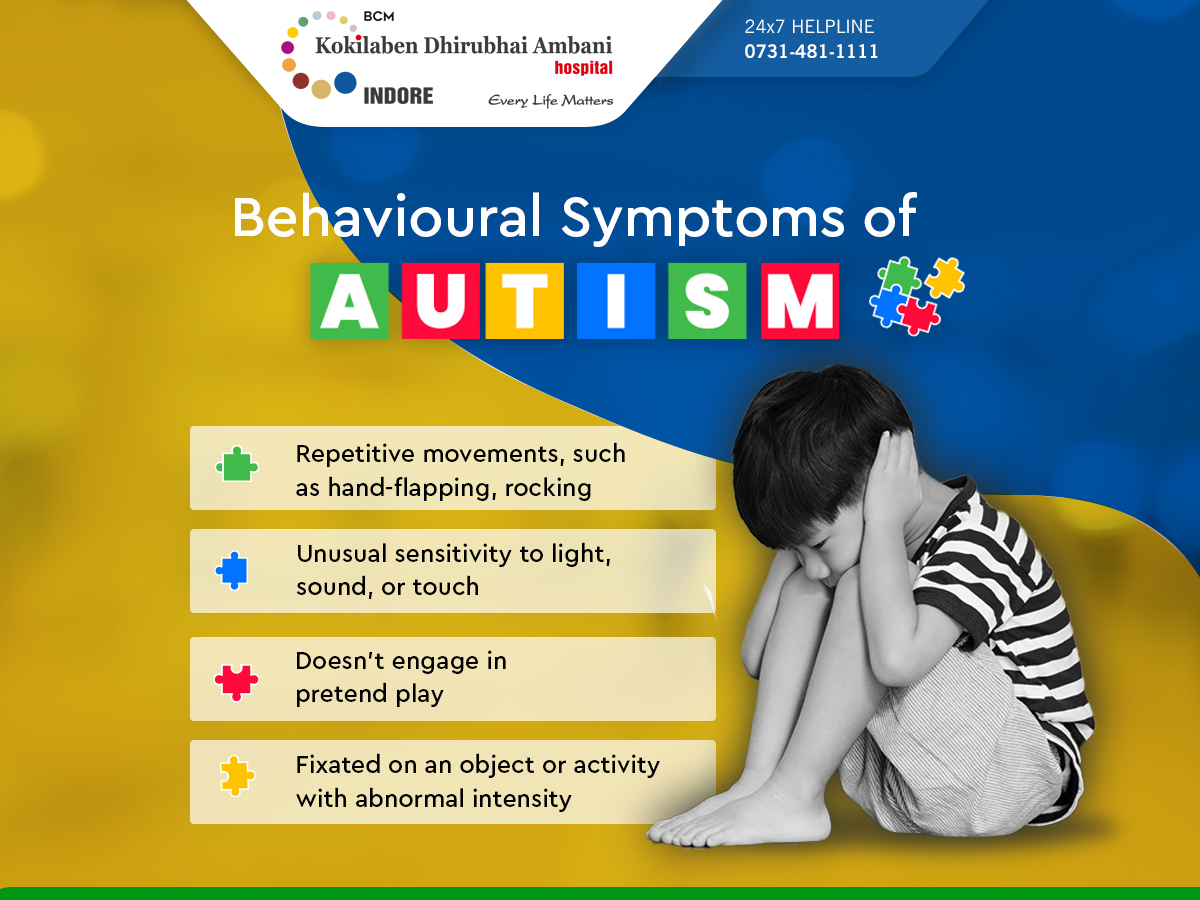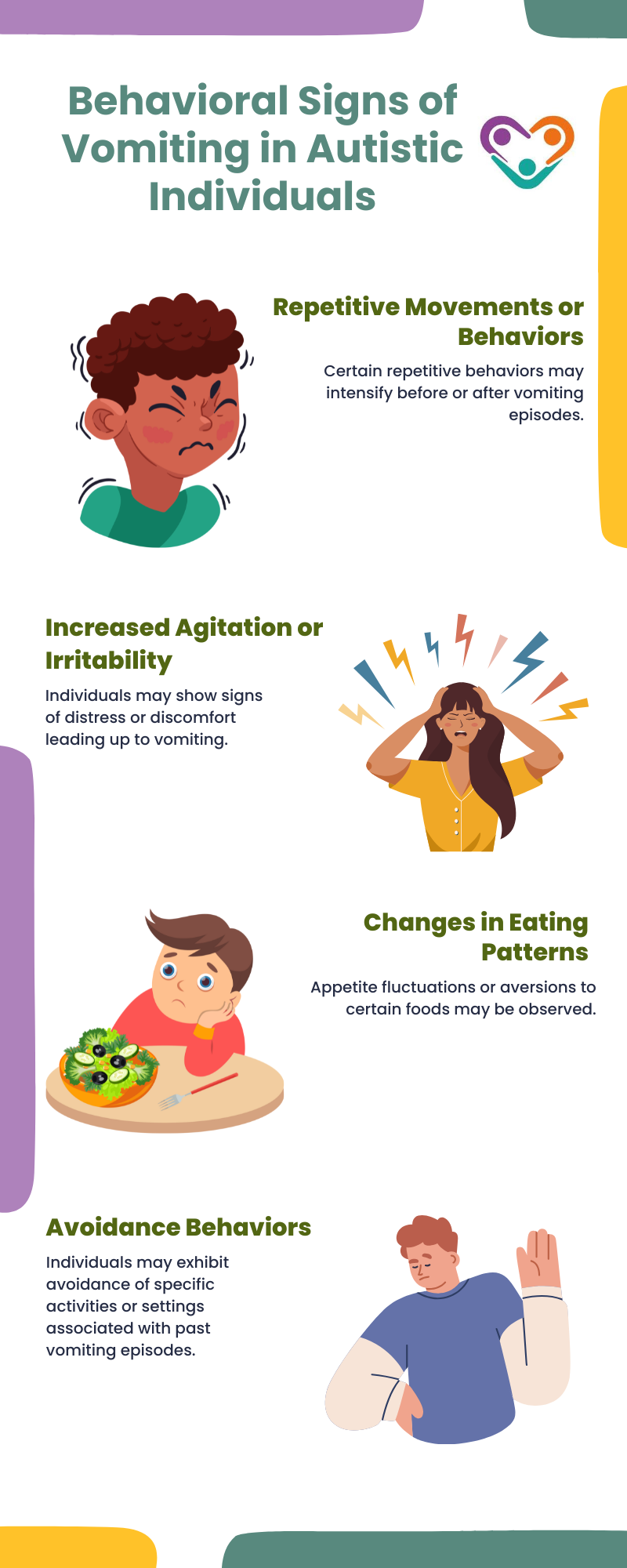Advertising Inclusivity: Just How to Produce Encouraging Atmospheres for Those With Behavioral Autism
Developing helpful environments for people with behavioral autism is essential for cultivating inclusivity. You may wonder exactly how recognizing vital attributes and obstacles can pave the method for effective strategies. By concentrating on empathy and interaction, you can make a significant influence. What specific actions can you take to guarantee these individuals grow in different settings? Allow's explore the methods that can lead to significant adjustment.
Understanding Behavior Autism: Trick Qualities and Difficulties
Recognizing behavioral autism entails recognizing its essential attributes and the challenges it presents. Individuals with autism usually show difficulties in social interaction, communication, and repetitive behaviors. You could discover that they have a hard time to translate social signs, which can bring about misunderstandings in daily scenarios. Sensory level of sensitivities are additionally common, making sure atmospheres overwhelming.

Supporting a person with behavioral autism means being person and adaptable. You'll require to produce an atmosphere that reduces stress and advertises comfort.
The Duty of Empathy in Sustaining People With Autism
Empathy plays an essential function in supporting individuals with autism by aiding you comprehend their unique viewpoints. By practicing energetic listening methods, you can construct emotional connections that cultivate count on and interaction - Aba Therapist. This understanding not only improves your partnership however also develops a much more encouraging environment for them
Comprehending One-of-a-kind Viewpoints
When you consider the unique perspectives of people with autism, it comes to be clear exactly how important empathy is in offering effective assistance. Your capacity to empathize allows you to develop a setting where they really feel risk-free, valued, and understood. This encouraging ambience equips individuals with autism to express themselves, eventually enhancing their health and development.

Active Listening Techniques
Active listening strategies play a vital duty in supporting people with autism, as they foster a deeper connection and understanding. Reword what they claim to confirm your understanding, and ask flexible questions to encourage additional expression. By exercising these strategies, you create a safe area where individuals feel listened to and appreciated, ultimately enhancing their communication and emotional health.
Structure Emotional Connections
Producing an encouraging environment through active listening naturally causes constructing psychological connections with individuals on the autism spectrum. When you really engage, you're not simply hearing their words; you're recognizing their sensations. This compassion cultivates trust, allowing them to express themselves openly. Use nonverbal signs, like eye call and nodding, to reveal you're existing and purchased their experiences.

Effective Interaction Techniques for Inclusivity
Effective interaction approaches play a vital duty in fostering inclusivity for people with behavioral autism. Begin by making use of clear, easy language that's very easy to understand.
Nonverbal hints are just as essential. Take notice of your body language, face expressions, and intonation, as these can convey even more than words. Keep eye contact and use motions to enhance understanding.
Furthermore, be person and give individuals time to procedure details. Encourage them to express their ideas and feelings, revealing that their input is valued.
Energetic listening is vital; repeat or paraphrase what they have actually claimed to validate understanding. Finally, adapt your interaction approaches based upon specific preferences, whether it's through visual aids, composed directions, or other tools. This individual touch strengthens incorporation and aids construct purposeful links.
Tailoring Support Solutions in Educational Settings
In educational settings, you'll wish to concentrate on Individualized Education Plans (IEPs) that satisfy each student's unique needs. Creating a sensory-friendly class layout can additionally boost discovering by lessening distractions and promoting convenience. With each other, these methods can promote an atmosphere where trainees with autism thrive.
Individualized Education And Learning Strategies
While navigating with the complexities of autism in educational settings, Individualized Education Plans (IEPs) play an important role in customizing support group to meet each student's one-of-a-kind demands. An IEP details certain goals, lodgings, and solutions that match your kid's difficulties and staminas. It's important to collaborate with educators, specialists, and your youngster to produce an extensive plan. Consistently examining and updating the IEP guarantees it stays effective as your kid grows. Motivate open communication amongst all parties included, fostering an encouraging network that promotes your kid's success. Remember, an efficient IEP is not just a paper; it's a living device that adapts to your youngster's developing demands, ensuring they prosper in their educational atmosphere.
Sensory-Friendly Class Design
Creating a sensory-friendly classroom can considerably boost the learning experience for students with autism. Beginning by examining your classroom's illumination; soft, all-natural light can decrease overstimulation. Integrate versatile seating choices, like bean bags or flooring paddings, to permit pupils to find their comfort zone. Use calming colors on walls and decor to create a relaxing environment. Think about adding sensory corners with fidget tools, noise-cancelling headphones, or weighted coverings for pupils that need breaks. Organize spaces to reduce clutter, helping pupils concentrate much better. Ultimately, develop clear regimens and signals to interact modifications, relieving stress and anxiety. By making these modifications, you'll produce an environment where students with autism really feel a lot more supported and participated in their learning journey.
Creating Inclusive Workplaces for People With Autism
To promote an absolutely comprehensive workplace for people with autism, employers have to identify the special staminas and challenges these people bring. Start by advertising clear communication and giving comprehensive work descriptions that lay out expectations. This aids individuals recognize their roles much better and reduces stress and anxiety.
Consider applying flexible job arrangements, such as remote work or readjusted hours, to accommodate different sensory needs and personal choices. Training your personnel on autism recognition is vital; it can boost empathy and promote a helpful ambience.
Producing peaceful areas where staff members can recharge during difficult minutes can also make a considerable distinction. Urge using assistive innovations that aid simplify tasks and improve performance.
Ultimately, valuing diversity will not only profit people with autism yet will likewise enhance the whole group, bring about a more innovative and dynamic work environment. Accept these methods to cultivate a setting where everyone can thrive.
Encouraging Social Interaction and Community Involvement
Encouraging social interaction and community engagement is important for individuals with autism, as it helps build self-confidence and cultivates purposeful partnerships. To create an encouraging setting, beginning by supplying chances for individuals to get in touch with others in a comfortable setting. Arrange team tasks that cater to different interests, such as art courses, sporting activities, or neighborhood service projects.
You can additionally assist in smaller, structured gatherings where everyone check can share their experiences and ideas. Encourage open communication by modeling considerate listening and empathy. Establishing peer mentorship programs can aid develop bonds and supply assistance.
Involve family members and regional organizations to widen the assistance network and promote comprehensive occasions. Keep in mind, the key is to produce safe rooms where individuals with autism feel valued and comprehended. By fostering these links, you'll assist them thrive socially and create a sense of belonging within the community.
Resources and Tools for Structure Supportive Settings
While building helpful environments for people with autism might seem tough, several sources and devices can make the process less complicated and much more reliable. Initially, think about utilizing visual assistances like routines or social tales to help individuals recognize their daily routines and social situations. Applications made for communication, such as AAC (Different and augmentative Interaction) tools, can likewise improve look at this website communication.
Furthermore, training programs for personnel and volunteers on autism recognition can advertise compassion and understanding in your area. Explore neighborhood companies that use workshops or sources customized for supporting people with autism.
Developing sensory-friendly spaces with relaxing components-- like soft lights and peaceful areas-- can benefit those who might come to be overloaded. Ultimately, establishing links with neighborhood support system can offer ongoing guidance and responses, assisting you fine-tune your technique and assurance inclusivity for all.
Frequently Asked Inquiries
Exactly How Can I Educate Others Concerning Behavioral Autism Properly?
To inform others about behavior autism properly, share personal stories, supply clear resources, and urge seminars - Aba Therapist. Use relatable instances and highlight the value of understanding various viewpoints to promote empathy and recognition
What Are Typical Misunderstandings Concerning Autism That Need Addressing?
You may think autism just affects interaction skills, however that's simply one element. Several believe it's only a childhood problem, when as a matter of fact, it covers throughout any ages and shows up differently for every person.
How Can I Promote for Autism Awareness in My Neighborhood?
You can support visite site for autism awareness by organizing area events, sharing insightful resources, and working together with regional organizations. Use social networks to spread out the word, and encourage open discussions to foster understanding and acceptance.
Are There Specific Sensory-Friendly Spaces for Individuals With Autism?
Yes, lots of neighborhoods supply sensory-friendly rooms, like peaceful spaces in collections, specialized backyard, or assigned hours at museums. You can discover local sources and advocate for even more comprehensive rooms to support people needing them.
What Role Do Family Members Play in Supporting Individuals With Autism?
Household participants play an essential role in supporting individuals with autism. You can offer support, persistence, and understanding. By proactively taking part in their lives, you aid construct self-confidence and foster freedom, developing a supporting atmosphere.
Producing helpful environments for individuals with behavior autism is essential for cultivating inclusivity.Developing an encouraging atmosphere with active paying attention normally leads to developing emotional connections with people on the autism range. Producing Inclusive Workplaces for Individuals With Autism.
To cultivate an absolutely comprehensive work environment for individuals with autism, companies need to recognize the unique toughness and challenges these people bring. Keep in mind, the key is to create risk-free spaces where people with autism feel valued and understood.